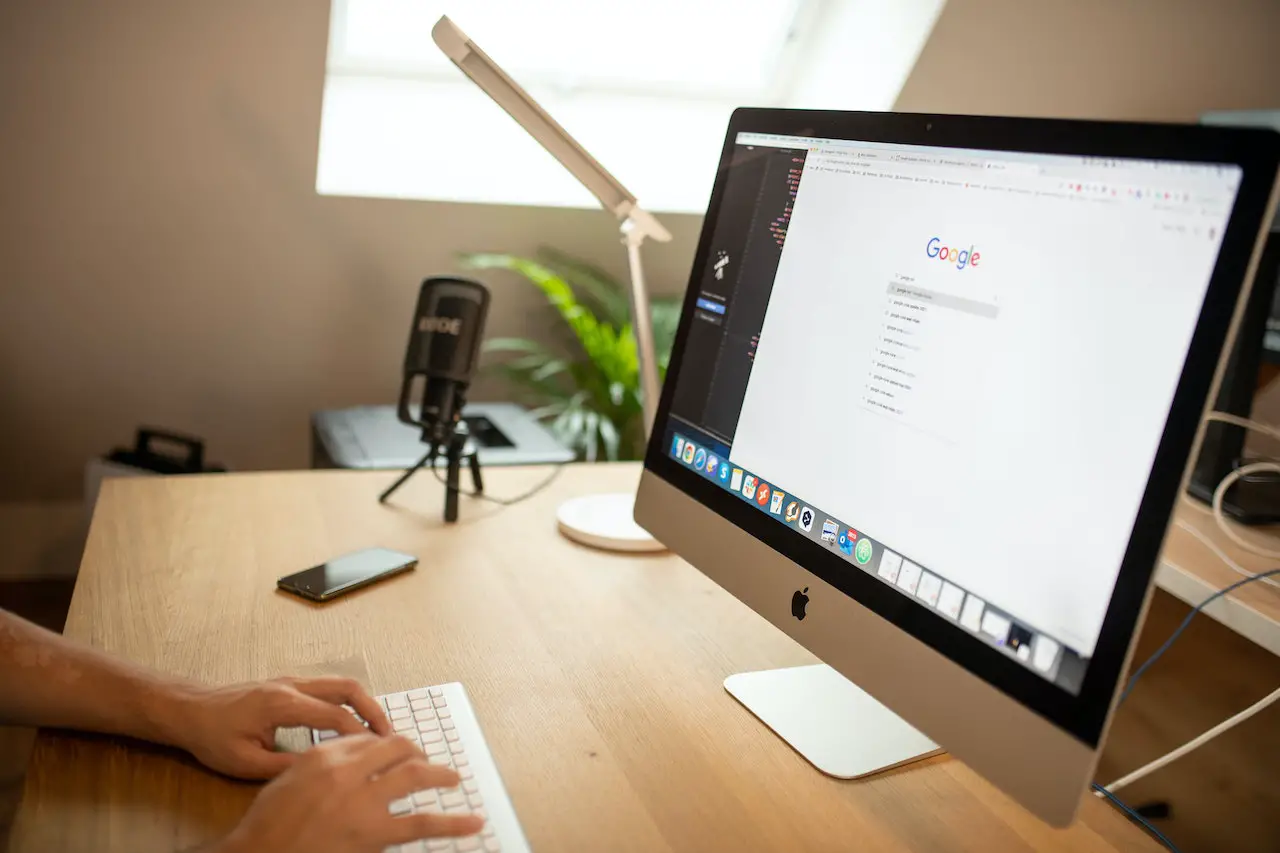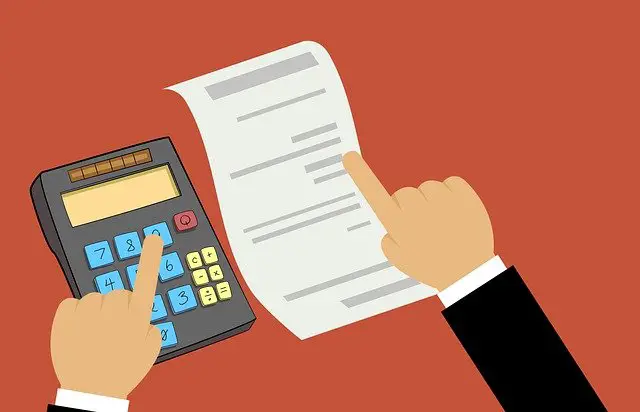Who through walking in the wintry snow, leaves deep footprints. It’s the same on the internet. Our digital footprint includes a variety of information that allows conclusions to be drawn about us as a person and our behavior. But what does a company like Google even know about us?
If there are several ways to find out. Because Google is now providing you with some information in response to the major debates about data protection. We explain to you where you can get insights and what you can do with the knowledge gained.
What does digital footprint mean?
Under We understand digital footprint as all data that is generated through internet use and can be traced. It is therefore the result of all actions and communication. Like the coils on a toe or finger, these activities are individual.
Possible data are websites visited, information transmitted (registration data, etc.) for online services and apps, search queries, and much more. Occasionally, an active footprint (conscious activities such as sending messages, agreeing to cookies, or creating a profile) and a passive footprint (unconscious data collection such as technically necessary cookies or length of stay, number of views, or jumps from websites).
Right from the start, we want to make it clear: Don’t worry, there is no big data conspiracy. Usually, the information collected is simply used to improve the user experience and for personalized offers and advertising. So you should think of data on the Internet as a kind of currency that you exchange for free information and so on.
Why Google discloses the collected data
It’s no secret that Google isn’t exactly known for disclosing its internal processes. Therefore, for many people, the company is little more than a black box fed with information that runs through complex and unknown algorithms until results come out at the back.
In recent years, however, the relationship between people and personal data on the Internet has changed. Transparency is becoming increasingly important. At the latest with the GDPR and the subsequent TTDSG, data protection is playing an increasingly important role. The goal: Users should regain control of their data.
It has become mandatory for website operators to provide information about the collection and use of data. Accordingly, Google must also follow suit in purely legal terms. At the same time, it is not just about regulations. Logically, the group wants to retain the trust of users. After all, the data is the entire capital of the company.
Accordingly, it is not surprising that Google’s digital footprint is at least partially disclosed.
5 ways to see your digital footprint on Google
1. The security check: devices & third-party apps
2. Advertising categories: According to Google, these are your interests
In the advertising settings, you will find out which attributes – based on e.g. B. Search queries, website views, and profiles – Google writes to you to display personalized advertising. This ranges from basic demographics (age, gender …) to marital status to professional and private interests.
These advertising categories give you an in-depth look at how Google sees you. Finally, a major reason for data collection is the issue of advertising. It is therefore interesting to find out how the search engine ranks us – because that is what the data is collected for.
3. My Activities: Web, Apps, Locations & YouTube
A look at Google’s activities in terms of digital footprint is an exciting matter. After all, when we use the internet for a long time, we often no longer know exactly which pages we were on. Google, on the other hand, does not forget that easily …
4. Location history: Your timeline as a map
5. Please take all data with you once
Digital footprint – what now?
You’ve looked at all this data and are rightly wondering what to do with it? Very simple: Your digital footprint offers you various starting points and options for action:
Pure information: It’s just exciting to see what Google has recorded and to what extent the advertising profile applies to you.
- Control & data protection: You can switch off specific services (e.g. location history, YouTube history…). and thus limit the data collection.
- Increase security: You can use the data to deactivate your account on unused devices and Restrict access from third parties.
- Keeping the big picture: It’s easy to lose track of the internet. The data on the digital footprint offers some guidance.
- What you do with the data at the end is of course up to you. However, it is worth it no matter how, because it is at least a small and exciting insight into the secret algorithms of the large black box Google. Also, it’s always a good idea to check who can see what data to limit that access, if necessary, in the name of security.







